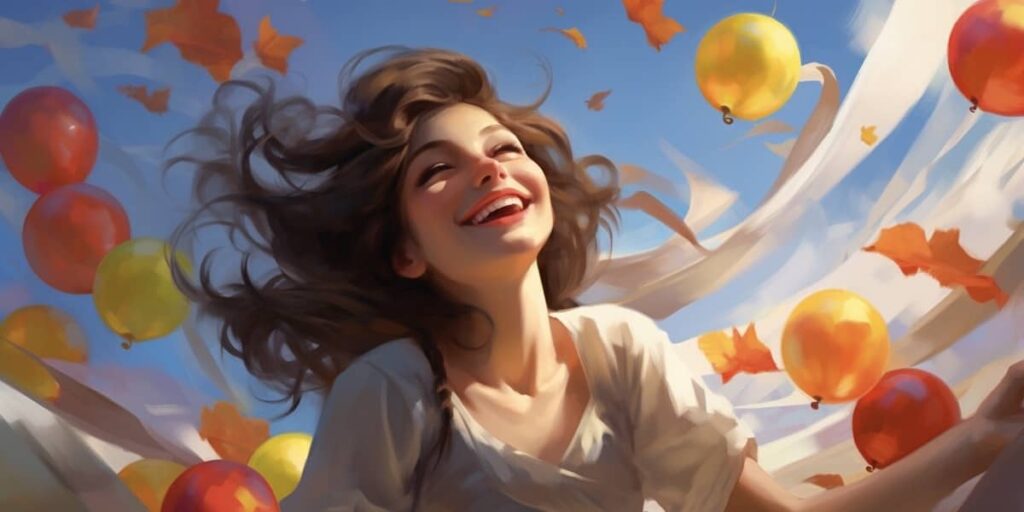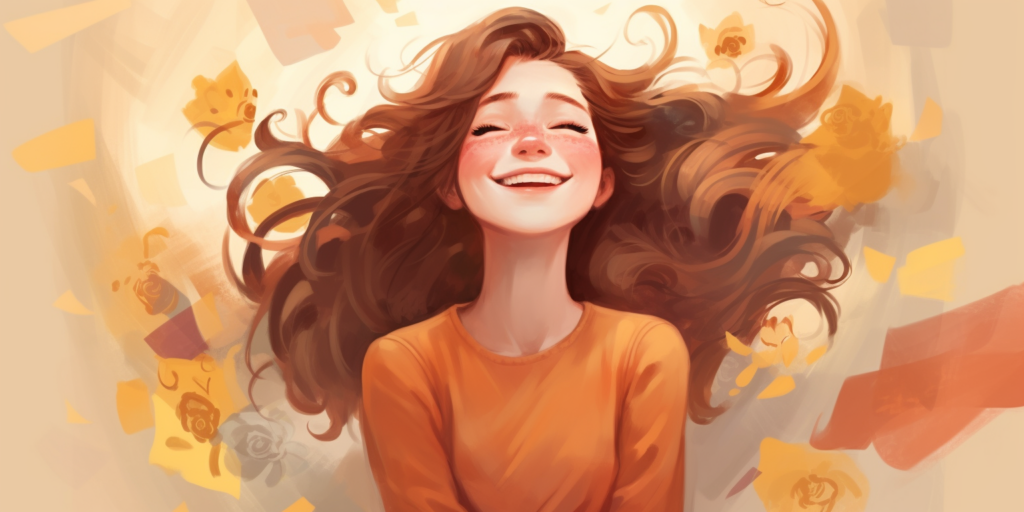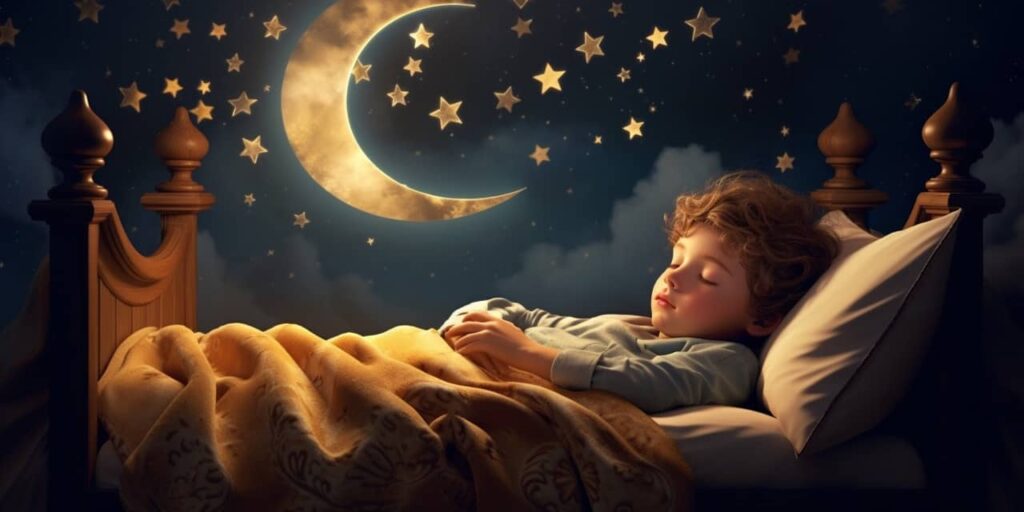I’ve always been fascinated by the myriad ways we humans express our emotions. And one of those emotions that universally resonates with all is happiness. But how do we symbolize this incredible feeling? Throughout different cultures and periods, specific symbols have come to represent happiness. They bring a sense of joy, contentment, and positivity whenever they’re seen or used.
Symbols are powerful tools for communication. Without saying a word, they convey deep meanings and sentiments – in this case, the concept of happiness – much more effectively than words ever could. Let’s take a journey through some popular symbols of happiness, understanding their origin stories and what makes them so special.
From the vibrant sunflower turning its face towards the bright sun to the carefree fluttering butterfly dancing from flower to flower; from the laughter inducing clown at a carnival to an innocently joyous smiley face on your t-shirt – it’s these symbols that help us encapsulate that elusive feeling called ‘happiness’. They remind us that no matter how tough life gets, there’s always something to be happy about!
Understanding the Concept of Symbols
Before we dive deeper into the symbols of happiness, I reckon we need to clarify what exactly a symbol is. Essentially, a symbol is anything that stands for or represents something else beyond it—usually an idea or concept. They’re like signposts pointing to a reality greater than themselves.
To really grasp this concept, let’s consider some examples. In America, the bald eagle isn’t just a bird—it’s a symbol of freedom and strength. If you’ve ever rolled your eyes at someone, you weren’t just moving your eyeballs—you were expressing annoyance or disbelief without uttering a single word.
Symbols aren’t confined to images and body language though—they’re pervasive in our everyday language as well. For instance, when we say someone has a ‘heart of gold’, we don’t mean they literally have a golden heart (That’d be quite concerning!). What we’re implying is that this person is incredibly kind and generous.
Now, why do symbols matter? Well, they allow us to communicate complex ideas succinctly and powerfully. Think about it: if I tell you there’s an apple on my desk, you might picture the fruit in your mind—red or green with a stem on top. But if I tell you this apple represent knowledge (thanks to its association with the story of Adam and Eve), suddenly it carries so much more weight!
But here’s where things get even more interesting: symbols can vary greatly across different cultures and time periods. Case in point: while white generally represents purity in Western cultures, it often signifies death in Eastern ones!
So there you have it—the fascinating world of symbols! As we explore symbols of happiness further along this article series, remember that these aren’t just pretty pictures—they carry profound meanings that tap into our collective human experience.
The Universal Language of Symbols
Symbols are a universal language, forming an integral part of our daily lives. Sometimes, they’re so ingrained in our culture that we don’t even recognize them as symbols anymore. Take happiness for example, it’s symbolized by a wide array of images around the world.
Let’s dive into some popular symbols of happiness. In many cultures, bright sunshine is associated with joy and positivity – think of all those drawings you’ve seen where a shining sun brings smiles to faces! It’s not just random; research shows that sunlight can indeed boost mood and promote feelings of happiness.
Another universally recognized symbol is the bird. From lovebirds to doves, these avian creatures represent freedom, peace, and yes – happiness! They remind us that sometimes, all it takes to find joy is to spread our wings and let go.
Flowers too have their place in this universal language. Who doesn’t feel a surge of joy upon receiving a bouquet? Certain blooms like roses or sunflowers are particularly linked with feelings of delight and contentment.
Have you ever noticed how vibrant colors often symbolize cheerfulness? Look at rainbows – they’re considered good luck charms across various cultures precisely because they embody hope and happiness after stormy weather conditions.
Now let’s talk numbers. In China, ‘8’ is viewed as lucky because its pronunciation sounds similar to the word which means ‘prosper’ or ‘wealth’. It’s no surprise then that Chinese people associate this number with immense satisfaction and pleasure!
This isn’t an exhaustive list by any means but I hope it gives you an insight into how symbols play a crucial role in conveying emotions like happiness universally. No matter where we come from or what language we speak – symbols form a common ground for us all.
Historical Symbols of Happiness
Digging into history, we find a multitude of symbols representing happiness. Let’s start with the Swastika, a symbol that dates back over 5,000 years. Before its misappropriation in the 20th century, it was widely used across multiple cultures as a symbol of good fortune and joy. Its four arms, spinning in either direction, were believed to mimic the sun’s life-giving rotation.
Next up is the Dragonfly. In Native American culture, this creature represents happiness and new beginnings. It’s often depicted in tribal art as a sign of change and transformation – an optimistic outlook that sees change as something to be embraced rather than feared.
Moving on to ancient Egypt where the Scarab Beetle was venerated. This humble insect was seen as a symbol of rebirth and regeneration – hopeful concepts tied closely with happiness for Egyptians. They believed these beetles rolled the sun across the sky each day just like they roll balls of dung on earth.
In Chinese culture, we have the Laughing Buddha who personifies contentment and abundance. His jolly demeanor and big belly are seen as signs of prosperity while his large sack represents fulfillment of wishes – all elements contributing towards a happy life.
And finally there’s Ankh from Ancient Egypt – another powerful emblem that signifies life & eternal happiness. The loop at its top is thought to represent the rising sun while its cross-like lower half symoblizes masculine and feminine energy…a balance that creates harmony which leads to happiness.
Each culture has contributed towards defining what constitutes happiness through these myriad symbols – extending our understanding about this universal yet complex emotion.
Cultural Interpretations of Happiness Symbols
I’ve stumbled upon fascinating cultural interpretations of happiness symbols in my exploration. The world over, different cultures have unique symbols that they associate with joy and contentment. Let’s dive into some examples.
The Chinese culture is rich with symbols of happiness – one prominent example being the symbol ‘Fu’. It’s written in a unique way, often upside down, to represent good luck pouring out. Similarly, cranes are considered lucky birds, their long lives symbolic of longevity and wisdom.
Shifting our gaze to Celtic tradition, we find the Triskele symbol representing the cycle of life and the pursuit of progress – both closely linked to happiness. This triple spiral motif underscores movement and fluidity, reminding us that life is an ongoing journey filled with moments of joy.
In India’s ancient culture, the Swastika takes precedence as a happiness symbol. Despite its unfortunate association with negative historical events in Western culture, it has been viewed positively for millennia in Eastern societies. It signifies prosperity and good fortune – key ingredients for creating a happy life.
Japan has its own share of happiness symbols too! The Maneki-neko or ‘beckoning cat’ is thought to bring about business success and general prosperity. You’ll often find these adorable figurines at shop entrances or homes across Japan.
The Native American Zuni Bear serves as another compelling example. Believed to be imbued with healing powers and protection from harm’s way – it fosters feelings of security which can lead straight on the path towards inner peace and happiness.
Here’s a quick recap:
- Chinese: Fu Symbol & Cranes
- Celtic: Triskele
- Indian: Swastika
- Japanese: Maneki-neko
- Native American: Zuni Bear
These diverse interpretations underline how universally cherished the quest for happiness is yet remind us how distinctively individualistic our paths to finding that joy can be!
How Modern Society Depicts Happiness
In our fast-paced world, happiness is often tied to material success. We’re taught that a well-paying job, a nice house, and the latest gadgets are indicators of joy. But is this true? Let’s dig deeper.
Primarily, we see happiness portrayed in media and marketing campaigns. Advertisers paint pictures of smiling families on vacation or successful individuals driving luxury cars. It’s an ever-present message: “Buy this product, achieve this lifestyle, and you’ll be happy.” However, studies indicate that material possessions don’t equate to lasting happiness.
| Material Possessions | Correlation with Happiness |
|---|---|
| Luxury Cars | Weak Link |
| Latest Gadgets | Mild Increase in Short-term Joy |
| Expensive Vacations | Temporary Boost |
Modern society also measures happiness through social validation. With the rise of social media platforms like Facebook and Instagram, it seems like everyone’s living their best life – except you. Here lies another illusion; research shows that comparing ourselves to others online only leads to feelings of inadequacy and unhappiness.
Yet amidst all these misconceptions about what constitutes joy, there are silver linings:
- More people are prioritizing experiences over possessions – be it traveling to new places or trying out unique cuisines.
- There’s increasing recognition for mental health as part of overall well-being.
- Practices such as mindfulness meditation & yoga have become popular tools for achieving inner peace.
Clearly then, while modern society has its own definitions of ‘happiness’, it’s up to us to question them and find our unique path towards genuine contentment.
Symbols of Happiness in Art and Literature
Diving into the world of art and literature, it’s easy to spot symbols that represent happiness. These symbols aren’t just thrown around aimlessly. Instead, artists cleverly weave them into their work to evoke a sense of joy or contentment among viewers and readers.
One symbol that often resonates with happiness is the sun. It’s no surprise artists frequently depict this celestial body in their works when they want to convey a sense of warmth, positivity, and cheerfulness. Think about Van Gogh’s “Sunflowers” or Monet’s “Impression, Sunrise.” The sun radiates not only light but also happiness!
In literature too, authors employ certain motifs to signify happiness. For example, birds soaring freely against a clear blue sky often indicate liberation and joy. Harper Lee’s acclaimed novel “To Kill A Mockingbird” uses the mockingbird as a symbol for innocence and happiness.
Here are some common symbols associated with happiness in art and literature:
- Sun: Symbolizes warmth, energy, life itself.
- Birds: Often represent freedom and joy.
- Flowers: Typically signify beauty, growth, affection – all ingredients of happiness!
- Rainbows: Stand for hope after hardship – an optimistic perspective towards life.
However,it’s important to understand that interpretation can vary based on cultural contexts. For instance,in Chinese culture,the color red signifies good luck,happiness,and prosperity which is why it dominates Chinese New Year celebrations!
In conclusion,happiness finds expression through various forms in both art and literature.It’s fascinating how these universal symbols connect us all,beyond boundaries,enabling us to experience shared moments of human joy!
Personalizing Your Own Symbol of Happiness
You’re probably thinking, “How do I create my own symbol of happiness?” Well, I’m here to guide you through that process. It’s not as complex as it may seem – in fact, it’s a journey that’ll lead you closer to understanding what truly brings joy into your life.
Let’s start by recognizing every person is unique. So naturally, our symbols of happiness will be just as diverse. For some people, their symbol might be an object like a cherished family photo or a favorite book. Others might find their symbol in an activity they love such as cooking or painting. If you’re someone who adores the outdoors, maybe the sound of waves crashing on the shore or the sight of birds soaring high represents your happiness.
The key here is introspection. Ask yourself: What resonates with me? What elevates my mood and lights up my day? Reflecting on these questions can help steer your thoughts towards finding your personal emblem of joy.
Now let’s look at some steps to personalize this:
- Start by brainstorming – jot down everything that makes you feel good.
- Review this list and identify common themes.
- Reflect on these themes; delve into why they make you happy.
- Choose one theme (or more) that feels most representative.
Remember, there are no wrong answers here! This exercise isn’t about perfection but rather self-discovery and acknowledgment.
One important thing to remember – your symbol doesn’t have to be static! Our lives are constantly evolving and so does our perception of happiness. You might find that what made 20-year-old you ecstatically happy isn’t quite the same for 30-year-old you – and that’s totally okay!
So go ahead! Dive deep within yourself and uncover those treasures lying dormant waiting for recognition. You’ll find creating your own personalized symbol of happiness can not only be fun but also a profound journey of self-realization. And once you’ve identified this symbol, it can serve as a constant reminder and inspiration to pursue what truly makes you happy.
Conclusion: Harnessing the Power of Happiness Symbols
I’ve journeyed through various symbols of happiness, from the simple smiley face to more complex cultural symbols. It’s clear that these symbols hold a unique power. They can evoke emotions, inspire hope, and even bring about positive changes in our lives.
Some might question why we need physical or visual reminders of something as innate as happiness. I’d argue it’s because we’re visual creatures by nature. We respond to what we see around us. These symbols serve as potent reminders to seek joy, be optimistic, and cherish the good moments.
Let’s not forget about how universally understood these symbols are:
- A smiley face is recognized globally for its joyful message.
- The sunflower symbolizes positivity across many cultures.
- Laughter is a universal language indicating joy.
This universality makes them powerful tools for spreading positivity across different cultures and languages.
Harnessing their power doesn’t require anything extraordinary. Start with small steps:
- Decorate your space with happiness-inducing symbols.
- Use them in your communication where appropriate to spread positivity.
- Finally, internalize their meanings; let them remind you constantly of the importance of being happy.
Remember this isn’t just about plastering happy faces everywhere though! It’s deeper than that—it’s about aligning ourselves with positivity and letting it influence our thoughts and actions.
So there you have it—my deep dive into the world of happiness symbols wraps up here! Hopefully you’re leaving with a newfound appreciation for these powerful carriers of joy and inspiration.



